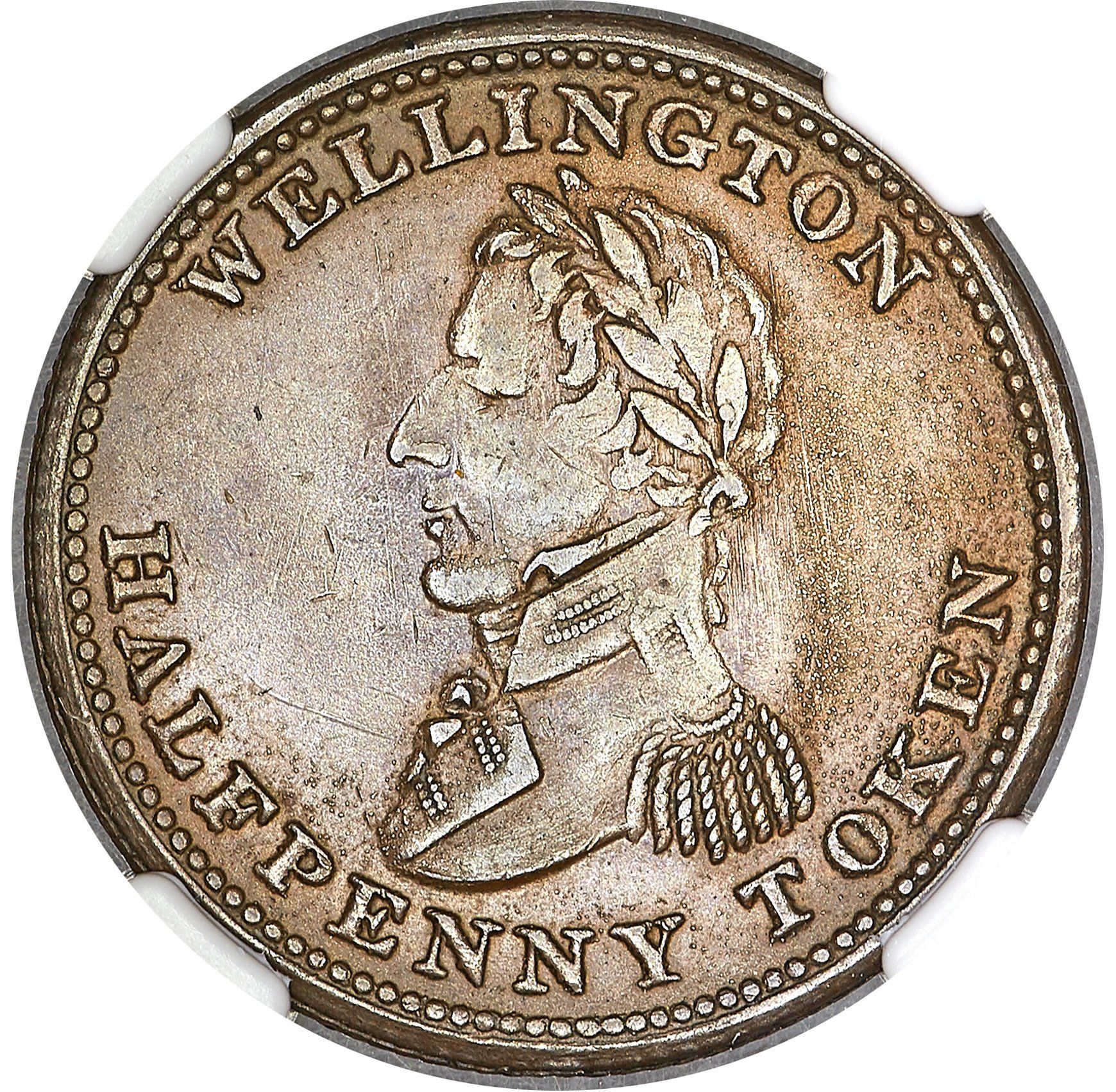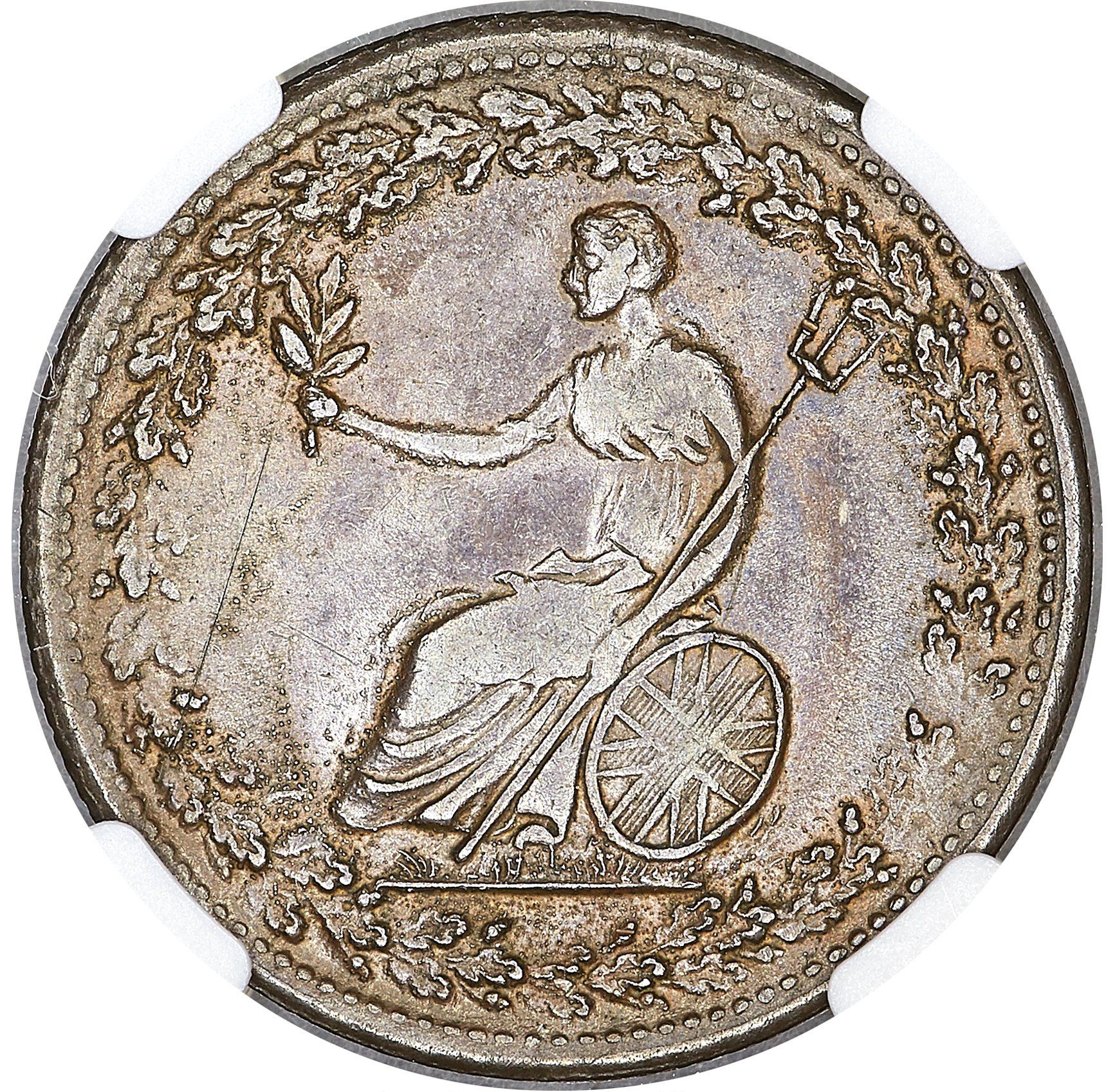Lower Canada ½ Penny Token (Wellington Token)
1. Introduction
The ½ Penny Token, known as the Wellington Token, holds a significant place in the numismatic history of Lower Canada. Minted between 1814 and 1816, this copper coin showcases intricate designs and historical importance that captivate collectors worldwide.
2. Historical Background
During the early 19th century, Lower Canada faced a shortage of small denominations for daily transactions. To address this issue, merchants and business owners produced their own tokens, including the ½ Penny Token. These tokens were widely accepted and facilitated trade in the region during a time of economic growth.
3. Design Features
The obverse of the ½ Penny Token features a bust facing left, surrounded by ornate lettering. On the reverse, Britannia is depicted facing left, encircled by a wreath with no date present. These designs symbolize strength, prosperity, and the British influence prevalent in Lower Canada at the time.
4. Technical Specifications
- Denomination: ½ Penny
- Issuing Authority: Lower Canada
- Composition: Copper
- Weight: 5.80g
- Diameter: 27.30mm
- Years of Issue: 1814-1816
5. Collectible Value
The ½ Penny Token from Lower Canada holds both historical and collectible significance. Due to its limited mintage and unique designs, this coin is sought after by numismatists and collectors. Its market value can vary based on condition, rarity, and demand, making it a valuable addition to any coin collection.
6. Conclusion
In conclusion, the ½ Penny Token (Wellington Token) stands as a testament to the ingenuity and economic needs of Lower Canada during the early 19th century. With its rich historical background, intricate designs, and collectible value, this coin remains a cherished piece for numismatists interested in Canadian colonial coinage. By exploring the nuances of this coin, collectors can appreciate the artistry and history encapsulated within the ½ Penny Token from Lower Canada, making it a prized addition to any collection.
Coin Images
 Obverse
Obverse
 Reverse
Reverse

